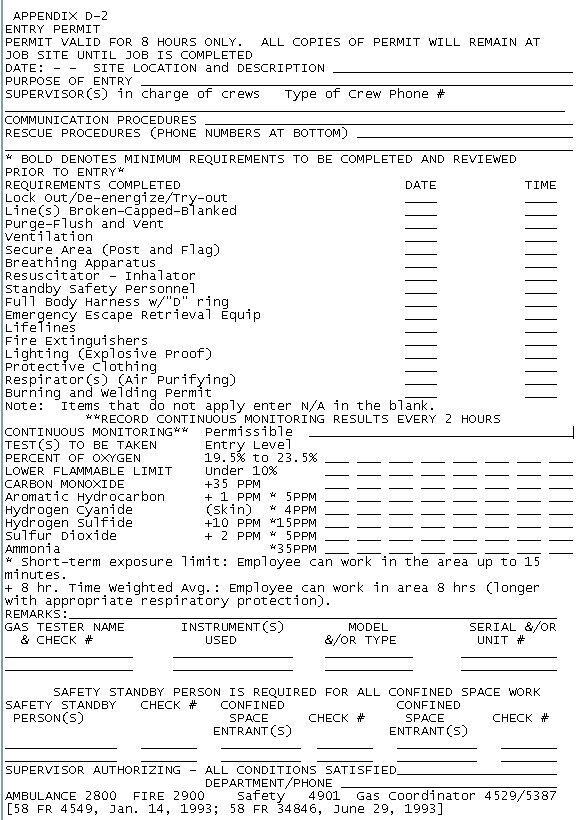The month of October is designated as National Eye Injury Prevention Month. Protecting our eyes is a full-time job. Did you know that more than 2,000 eye injuries happen per day? The Bureau of Labor Statistics reports that about 70 per cent of eye injuries studied are the result from falling objects, or sparks striking the eye.
First, it is important to take care of our children’s eyes. Early detection and treatment of eye conditions and diseases are important to keeping good vision at every stage of life. Children with a family history of childhood vision problems should be screened for common childhood eye problems before they are 5 years old. Children’s eyes are as sensitive to excessive sunlight, water reflections, snow, etc. as adults; therefore, it is important that they wear sunglasses to protect them. Most young adults have healthy vision; however, if problems such as pain, flashes of light, visual changes, seeing spots, excessive tearing or excessive dryness occur, the American Academy of Opthalmology recommends they get to an eye doctor. Those adults between the ages of 40 to 65 should have an eye checkup every two to four years. Those over the age of 65 should see an eye doctor at least every one to two years. The key to preventing eye injuries and health is to take a more proactive approach to maintaining healthy vision.
Out of the 2,000 eye injuries that happen annually, approximately one-half of those injuries happen in American workplaces alone. Ninety per cent of eye injuries are preventable when wearing protective eyewear. It is important to wear the right type of eye protection that comes the closest to the demands of the job. Wrap-around safety glasses and safety sunglasses protect the eyes from objects entering the eye from the side. Goggles are required for those who work around chemicals, and other hazards such as particles entering the eye. Welders wear shields that contain the right amount of shade to protect their eyes, in addition to protective eyewear.
It’s no surprise that the BLS reports that about three out of every five workers injured were either not wearing eye protection at the time of the accident or were wearing the wrong kind of eye protection. Eyewear must fit properly and be designed to protect workers while they work. As stated above, it is possible to prevent about ninety per cent of eye injuries if workers wear their safety eyewear. OSHA has standards requiring employers to furnish their workers with appropriate eye protection.
For working in the yard, you must remember to slip on those safety glasses or goggles while mowing , trimming trees, or stirring up any dust and particles. We only get one pair of eyes, so we must do all we can to keep them safe and healthy.
Source: U.S. Dept. of Health & Human Services; Atlantic Eye Institute
